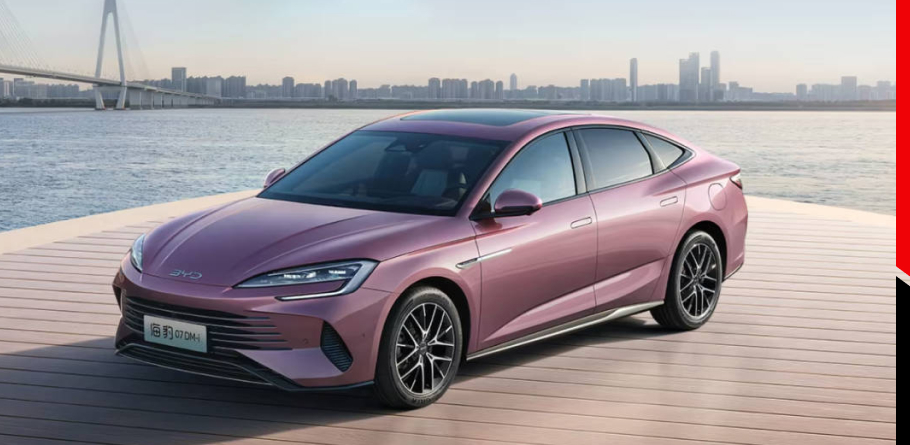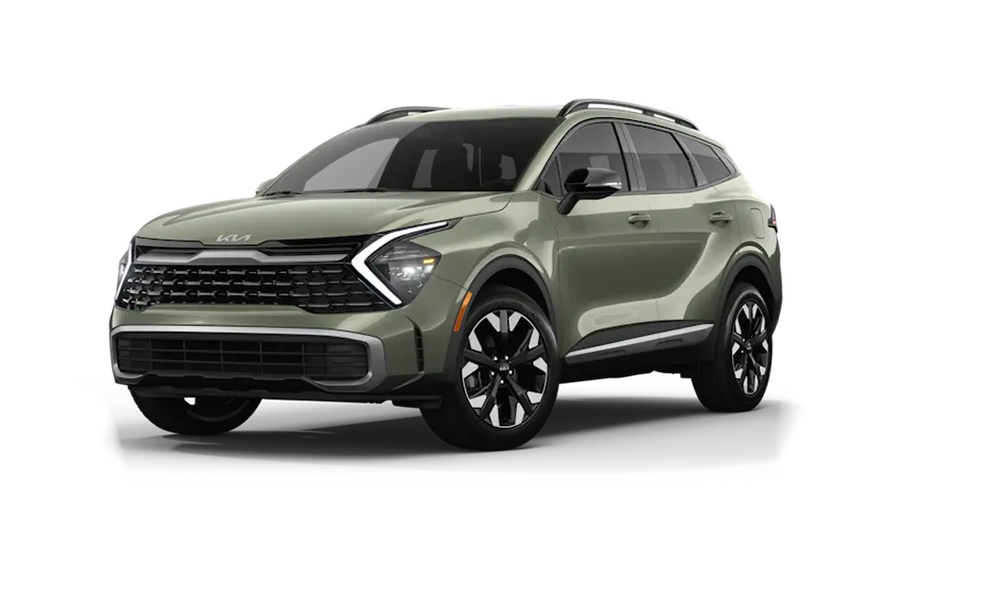KSA-Spec Hyundai vs Kia: A Tech Comparison
Published On, Jun 22, 2023 | By YaaraCars Team

In the automotive landscape of Saudi Arabia, two top car brands stand out for offering innovation, quality, and reliability at competitive prices — Hyundai and Kia. These sister companies are renowned for their exceptional value, modern designs, and impressive technology features, catering to a wide range of customers. In this blog post, we will take an in-depth look at the tech offerings of KSA-spec Hyundai and Kia models to help you understand how they compare and which one might be better suited for your needs.
Infotainment Systems and Connectivity
Both Hyundai and Kia’s latest models are equipped with state-of-the-art infotainment systems to keep drivers connected, entertained, and safe. The infotainment technology used by Hyundai and Kia has similar roots, but there are differences in the way each brand implements it.
Hyundai: Hyundai vehicles in KSA are equipped with high-quality touchscreen infotainment systems that typically range from 7 to 10.25 inches, depending on the model and trim level. Most Hyundai models, such as the Tucson and Elantra, feature BlueLink technology, which offers remote access to vehicle status, roadside assistance, navigation, and emergency alerts. Additionally, Hyundai’s infotainment system supports Apple CarPlay and Android Auto, providing seamless integration with your smartphone for entertainment, navigation, and hands-free communication.
Kia: Kia’s infotainment systems are similar, with screen sizes ranging from 8 to 10.25 inches. Kia’s UVO Connect system offers many of the same features as Hyundai's BlueLink, including remote start, geofencing, and real-time traffic information. UVO is designed with a user-friendly interface and is accessible through both touchscreen and voice commands. Like Hyundai, Kia also supports Apple CarPlay and Android Auto, making connectivity with mobile devices quick and easy.
Digital Instrument Cluster
Digital instrument clusters have become a sought-after feature in modern cars, and both Hyundai and Kia have incorporated them into their higher-end models.
Hyundai: Hyundai’s Digital Cockpit is available in many of its higher trims, offering a customizable and intuitive display that provides essential driving information, such as navigation directions, vehicle health, and safety alerts. This feature is available in models like the Hyundai Sonata and the Hyundai Palisade, adding a premium touch to the driving experience.
Kia: Kia also offers a digital instrument cluster in models such as the Kia Sorento and the Kia K5. The digital cluster displays vehicle information in a clear and visually appealing format, with features like blind-spot monitoring being incorporated into the digital display, providing drivers with a greater sense of awareness.
Advanced Driver Assistance Systems (ADAS)
Safety technology is one area where Hyundai and Kia both excel, offering advanced driver assistance systems (ADAS) that enhance safety for drivers and passengers alike.
Hyundai: Hyundai's ADAS, branded as Hyundai SmartSense, includes a range of safety features such as Forward Collision-Avoidance Assist, Blind-Spot Collision Warning, Lane Keeping Assist, and Adaptive Cruise Control. Hyundai SmartSense uses radar, sensors, and cameras to provide real-time data to the driver, making it easier to navigate busy Saudi roads with confidence. Additionally, features like Safe Exit Assist prevent passengers from opening doors when oncoming traffic is detected, ensuring a safe exit.
Kia: Kia’s ADAS is called Kia Drive Wise, which includes similar features to Hyundai SmartSense, such as Forward Collision Warning, Driver Attention Warning, Smart Cruise Control, and Blind-Spot Collision Avoidance. Kia Drive Wise aims to provide comprehensive safety for drivers by utilizing a network of sensors and cameras that work together to provide a safer driving experience. In terms of feature availability, both brands are similar, and the choice often comes down to model preferences rather than significant technological differences.
Navigation and Voice Control
Navigation and voice control are essential features for many drivers in Saudi Arabia, given the expanding urban areas and long-distance travel between cities.
Hyundai: Hyundai’s built-in navigation system provides real-time traffic updates, points of interest, and destination search. Hyundai's voice command system allows drivers to interact with the vehicle without taking their hands off the wheel. By simply using voice commands, drivers can change the radio station, adjust the temperature, or make a phone call, allowing for a more focused driving experience.
Kia: Kia's navigation system is quite comparable to Hyundai's, with real-time updates and a user-friendly interface. The UVO Voice Recognition feature helps drivers stay in control without distractions. One key aspect of Kia's voice recognition system is its natural language understanding, which allows drivers to make commands in conversational language, making it convenient for navigating unfamiliar areas.
Comfort and Convenience Technology
Comfort features have become an important part of the technology package that car buyers in Saudi Arabia look for.
Hyundai: Hyundai vehicles are well-equipped with comfort technologies such as dual-zone climate control, ventilated and heated seats, and a hands-free power tailgate. Hyundai has also started integrating augmented reality head-up displays (AR HUD) in select models to project important information directly onto the windshield, improving driver focus and convenience.
Kia: Kia offers similar comfort features, including wireless charging, ventilated seats, and tri-zone climate control for models like the Kia Sorento. Kia also offers remote parking assist in higher-end models, which allows the driver to park the vehicle remotely using a smart key — a convenient feature for navigating the tight parking spaces often found in Saudi Arabia.
Connectivity and Smartphone Integration
Both Hyundai and Kia are highly focused on smartphone integration as more customers seek vehicles that seamlessly connect with their personal devices.
Hyundai: The BlueLink app enables Hyundai drivers to control certain aspects of their car remotely, such as locking/unlocking doors, remote start, and climate control, providing added convenience, especially in hot Saudi summers.
Kia: Kia's UVO Connect app offers similar functionality to BlueLink, with the added ability to track the vehicle's real-time location and get diagnostic information about the car. This feature is handy for keeping track of maintenance and ensuring the vehicle runs smoothly.
Conclusion
Hyundai and Kia are quite similar when it comes to technology, as they share much of the same underlying technology given their shared ownership by Hyundai Motor Group. Both brands offer advanced infotainment systems, safety technologies, driver assistance features, and connectivity solutions designed to make driving comfortable, safe, and convenient in Saudi Arabia.
The choice between KSA-spec Hyundai and Kia comes down to personal preferences in terms of design, driving dynamics, and specific model features. Hyundai may appeal more to those who prefer a more luxurious interior feel and slightly more cutting-edge technology, while Kia tends to emphasize sportiness, driver engagement, and a user-friendly tech interface.
Ultimately, both brands offer exceptional value and cutting-edge technology, ensuring that buyers in Saudi Arabia get the best that the modern automotive world has to offer. Whether you opt for a Hyundai or a Kia, you can be assured of a tech-filled, safe, and comfortable driving experience tailored to meet the needs of Saudi drivers.







.jpg)











